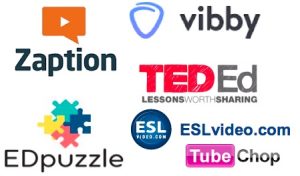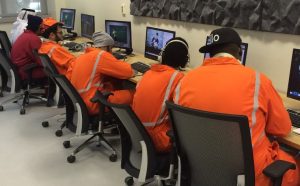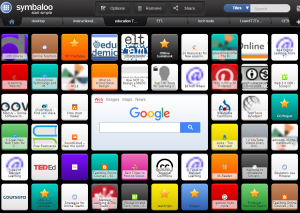
Hey now, TESL Ontarians! Recently, I have been teaching online and multimodal courses and I thought I would share with you an activity I have found effective when working both with ESL students and TESL pre-service and in-service teachers.
As someone who is new to incorporating (in any substantive way) digital tools into my teaching arsenal, I have slowly come to view activities that allow for taking advantage of students’ digital literacies as invaluable. I hope you find the second part of this two-part description of how to incorporate Web 2.0 technologies in our language classrooms useful and engaging. The first part of this series described how I have used video introductions as a way to build a stronger (e-) learning community in my classrooms (See my post dated July 18th). This second part describes how to incorporate students’ digital literacies when engaging with notions of identity and investment in language learning through production of Autobiographical Identity Texts (AITs). Continue reading









